
Similar Posts
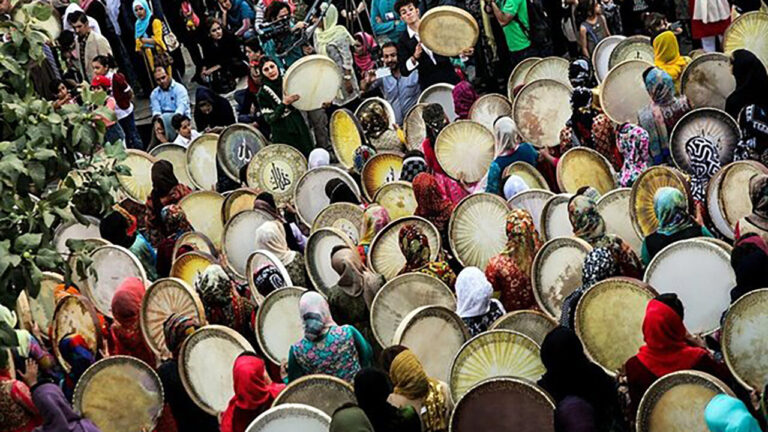
Palangan Set to Host Vibrant Traditional Music Festival: A Celebration of Culture and Harmony!
The Hezar-Daf Festival in Palangan village, Kordestan province, Iran, is an annual cultural event aiming to promote the region as one of the World Best Tourism Villages. This year’s festival, scheduled for the last Friday of the Persian calendar month, highlights Kordestan’s rich heritage and has attracted 50,000 tourists in previous years. With a growing number of visitors, Kordestan is expanding its tourist accommodations from 6,000 to 41,000 beds. The festival showcases local music, art, and traditional crafts, while also celebrating the recognition of Kordestan’s intangible cultural heritage, including the traditional game of backgammon.
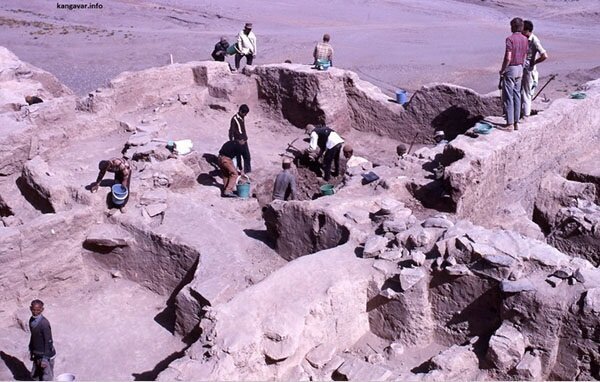
Unlocking the Past: Archaeologist Highlights Godin Tepe’s 7,000-Year-Old Heritage as a Tourism Goldmine
Godin Tepe, an ancient settlement in Iran dating back to 5,000 BC, has significant potential as a cultural and tourism destination, according to archaeologist Morteza Geravand. Located in the Kangavar Valley, it served as a vital trading hub along key commercial routes. Despite its historical importance, the site has been largely neglected for nearly six decades, with no excavations since a Canadian team’s work in the 1960s. Geravand emphasizes the need for funding—estimated at around $11,000—to preserve and promote Godin Tepe, which could eventually achieve UNESCO World Heritage status, enhancing the local economy and cultural heritage recognition.
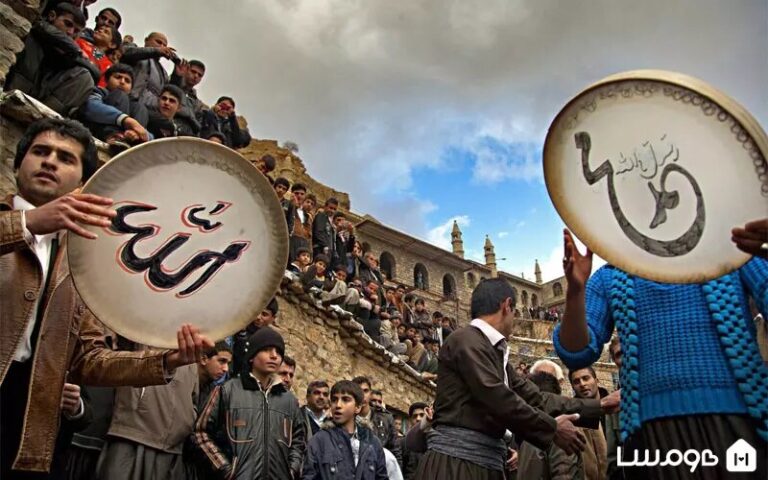
Iranian Kurds Honor Tradition at UNESCO-Listed Uramanat: Three-Day Pir-e Shaliar Festival Celebrations
In the Uramanat region, a UNESCO World Heritage site, Iranian Kurds celebrated the annual Pir-e Shaliar festival from January 31 to February 2. This three-day event honors a legendary healer and is rooted in pre-Islamic Zoroastrian traditions. The festivities began with communal sharing of walnuts, symbolizing goodwill. Livestock was sacrificed near Pir-e Shaliar’s shrine, with the meat prepared for communal meals. The festival, recognized as part of Iran’s intangible cultural heritage since 2018, reinforces Kurdish identity and highlights the region’s rich cultural tapestry, further enhanced by traditional music and dance, creating a vibrant celebration of community and heritage.
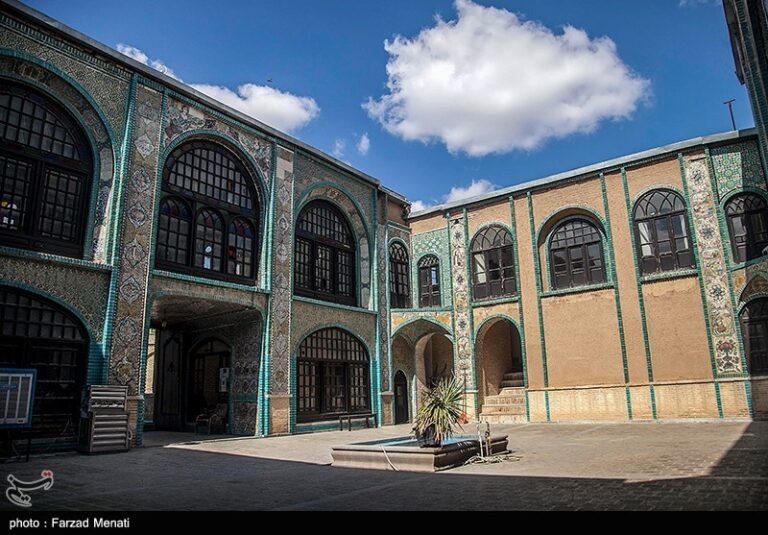
Discover the Rich History of Biglar Beigi Tekyeh: Kermanshah’s Architectural Gem in Iran
The Biglar Beigi Tekyeh, an architectural gem in Kermanshah, showcases the rich cultural heritage of the Qajar era, featuring exquisite mirror work and intricate designs. Built by Abdollah Khan, known as Biglar Beigi, this significant cultural site includes the impressive Husseiniyeh Hall with historical inscriptions and guest rooms that reflect the era’s hospitality. It also functions as a museum, displaying ancient documents and calligraphic art from the Bigli Beigi family. Visitors are encouraged to explore this captivating site during spring or fall, consider guided tours, and check for cultural events to enrich their experience.
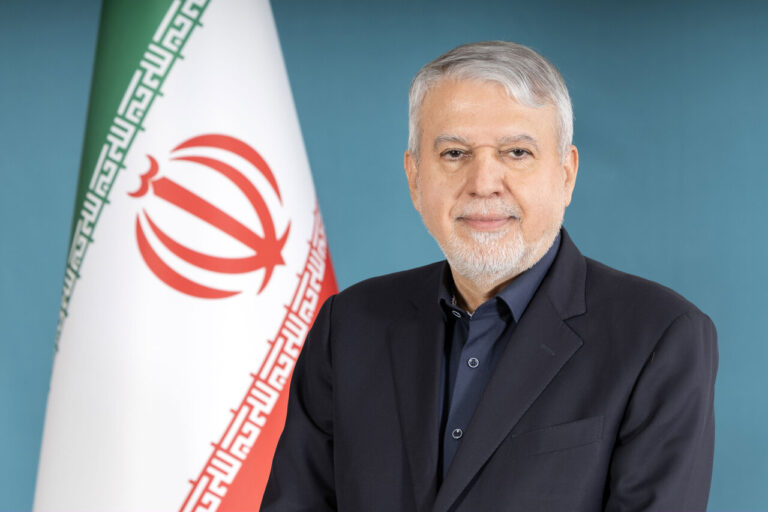
Minister Celebrates Tajikistan’s Deep-rooted Affection for Iran and the Persian Language
Iranian tourism minister Seyyed Reza Salehi-Amiri recently visited Tajikistan, emphasizing the strong cultural and economic ties between the two nations. His visit included a poetry reading event between the Iranian and Tajik Presidents, showcasing their shared Persian heritage. Key outcomes included a visa waiver initiative to promote tourism, with goals to increase annual tourist exchanges from 8,000 to 100,000. Both nations agreed to celebrate shared festivals like Nowruz and reopened the Persian Language Research Institute in Tajikistan. Salehi-Amiri expressed optimism for enhanced cooperation and cultural diplomacy, highlighting the importance of their shared language and cultural identity.

Discover the Imam Mosque of Isfahan: A Jewel of Iran’s Rich Historical Heritage
The Safavid era is a pivotal period in Iran’s history, renowned for advancements in science, culture, art, and architecture. Isfahan, the Safavid capital, houses many enduring monuments, notably the UNESCO-listed Naqshe Jahan Square. Central to this square is the Imam Mosque, celebrated for its stunning architecture, featuring a grand dome, expansive prayer halls, and intricately designed porches. Constructed nearly 400 years ago under Shah Abbas I, the mosque reflects architectural harmony and is adorned with exquisite decorations. It also includes a significant Mihrab and a solarium designed by Sheikh Bahayi, showcasing the blend of science and spirituality. This mosque is a testament to Iran’s rich cultural heritage.